What is the naira to dollar black market exchange rate today?
You can the black market dollar to naira exchange rate today 2nd June 2023 below. You can change your dollar for naira at these rates.
Six9ja has got the official naira black market exchange rate in Nigeria today including the Black Market rates, Bureau De Change (BDC), and CBN rates.
Note please that the exchange rate is subject to hourly fluctuations influenced by the supply or give and demand or need of dollars in the black market. Right now, you can Buy or purchase 1 dollar at rate of ₦750 and you will sell it at a rate of ₦755, in addition, It is necessary to save in mind that the rate can shift or (either upwards or downwards) within hours in a given time.
What is the naira to dollar black market exchange rate today?
| Dollar (USD) to Naira (NGN) | Black Market Rate Today 2nd |
| Buying | ₦750 |
| Selling | ₦755 |
Factors Influencing Foreign Exchange Rates
Here are some of the causes of the dwindling dollar-to-naira exchange rate.
Inflation Rates:
It is common knowledge that inflation has a direct impact on exchange rates on the black market. The naira will benefit if the Nigerian economy can be stabilized and inflation is managed, but if it keeps falling, it might mean that food and other needs are getting more expensive on a daily basis.
Interest Rates: Interest rates are yet another thing to monitor. A rise in the interest rate at which banks lend money would be detrimental to the economy, cause it to contract, and consequently lower the value of the naira.
Government Debt: Investor confidence and, consequently, the inflow of cash into the economy, are impacted by national debt. If inflows are substantial, the currency rate will move in the naira’s favor.
Speculators: Speculators frequently affect how much the naira is worth in dollars. They accumulate funds in anticipation of a profit, which pushes the value of the naira further lower.
Conditions of Trade: The naira will appreciate against the dollar if trade conditions are favorable, despite the fact that Nigeria is currently running a trade deficit. China, India, and the majority of Asian nations are the source of everything.
Also Read: Dollar (USD) to Naira Black Market Rate Today June 1st, 2023
Or You Take It In This Way To Understand Well
Factors Influencing Foreign Exchange Rates
Foreign exchange rates play a crucial role in the global economy, impacting international trade, investment flows, and even the cost of travel. Understanding the factors that influence foreign exchange rates is essential for businesses, investors, and individuals who engage in international transactions. In this article, we will explore the key factors that affect foreign exchange rates and shed light on their significance.
Table of Contents
1. Introduction to Foreign Exchange Rates
2. Supply and Demand in the Forex Market
1. Economic Factors
– Inflation Rates
– Interest Rates
– Economic Stability and Political Factors
– Current Account Balance
2. Market Psychology and Sentiment
– Speculation and Market Expectations
– Political Events and Geopolitical Tensions
3. Government Interventions and Central Bank Actions
1. Foreign Exchange Reserves
2. Central Bank Policies and Interventions
– Monetary Policy
– Exchange Rate Regimes
4. Trade and Capital Flows
1. Trade Balance
2. Capital Flows and Investment
5. Macroeconomic Indicators and Economic Performance
1. Gross Domestic Product (GDP)
2. Employment and Unemployment Rates
3. Consumer Price Index (CPI)
4. Business Confidence and Manufacturing Data
6. Global Events and Market Volatility
1. Natural Disasters and Crises
2. Global Financial Crises
3. Changes in Commodity Prices
7. Impact of Technology and Financial Innovations
1. High-Frequency Trading
2. Algorithmic Trading
3. Online Foreign Exchange Platforms
8. Interconnectedness of Global Markets
1. Correlations with Other Currencies
– Major Currency Pairs
– Cross Currency Pairs
9. Role of Speculators and Market Participants
1. Institutional Investors
2. Hedge Funds and Private Investors
10. Impact of Monetary Policies in Other Countries
1. Interest Rate Differentials
2. Quantitative Easing and Unconventional Measures
11. Implications for Businesses and Investors
1. Hedging Strategies
2. Currency Risk Management
3. International Investments
4. Exporting and Importing
12. Future Trends and Emerging Factors
1. Digital Currencies and Blockchain Technology
2. Climate Change and Environmental Policies
3. Demographic Shifts and Migration
13. Conclusion
14. FAQs (Frequently Asked Questions)
Article
Introduction to Foreign Exchange Rates
Foreign exchange rates represent the value of one currency relative to another in the global market. These rates determine the cost of converting one currency into another and fluctuate constantly due to various factors. Understanding the forces that influence foreign exchange rates is vital for businesses, investors, and individuals engaged in international trade or financial activities.
Also Read: Dollar to Naira Black Market Today
Supply and Demand in the Forex Market
The foreign exchange market operates based on the principles of supply and demand. Just like any other market, the price of currencies is influenced by the interplay between buyers and sellers. The following economic factors significantly impact supply and demand in the forex market.
Economic Factors
One of the primary drivers of foreign exchange rates is the overall economic health and performance of a country. Economic indicators such as inflation rates, interest rates, economic stability, and political factors play a crucial role in shaping currency values.
* Inflation Rates: High inflation erodes the purchasing power of a currency, leading to its depreciation. Central banks often raise interest rates to combat inflation, making the currency more
attractive to investors and increasing its value.
* Interest Rates: Higher interest rates attract foreign investors seeking better returns on their investments. As a result, the demand for the currency increases, driving its value up.
* Economic Stability and Political Factors: Countries with stable economies and political environments are viewed as safer for investments. Currency values are often influenced by perceptions of stability and political developments.
* Current Account Balance: The balance between a country’s imports and exports, known as the current account balance, affects the demand and supply of its currency. A positive balance, indicating more exports than imports, strengthens the currency.
Market Psychology and Sentiment
Apart from economic factors, market psychology, and sentiment also play a crucial role in determining foreign exchange rates.
* Speculation and Market Expectations: Traders and investors speculate on future currency movements based on economic indicators, news, and other factors. Their actions can influence short-term fluctuations in exchange rates.
* Political Events and Geopolitical Tensions: Political events, elections, and geopolitical tensions can cause market uncertainty and affect investor confidence. Uncertainty often leads to increased volatility in foreign exchange rates.
Government Interventions and Central Bank Actions
Governments and central banks have tools at their disposal to influence foreign exchange rates and stabilize their currencies.
* Foreign Exchange Reserves: Central banks maintain foreign exchange reserves, which are assets denominated in different currencies. These reserves can be used to intervene in the forex market and influence exchange rates.
* Central Bank Policies and Interventions: Central banks can adjust monetary policies and directly intervene in the foreign exchange market to impact currency values.
* Monetary Policy: Changes in interest rates and money supply by central banks can affect exchange rates. Higher interest rates attract foreign investors, while lower rates may stimulate economic growth but can lead to currency depreciation.
* Exchange Rate Regimes: Countries can adopt fixed, floating, or managed exchange rate regimes. The chosen regime influences the flexibility and volatility of exchange rates.
Trade and Capital Flows
Trade and capital flows between countries also have a significant impact on foreign exchange rates.
* Trade Balance: The balance of trade, which measures the difference between a country’s imports and exports, affects the demand and supply of its currency. A trade surplus strengthens the currency, while a trade deficit weakens it.
* Capital Flows and Investment: Foreign investment flows, such as portfolio investments and foreign direct investment (FDI), influence exchange rates. Countries with higher capital inflows often experience appreciation in their currency.
Macroeconomic Indicators and Economic Performance
Macroeconomic indicators reflect the overall health and performance of an economy and can impact foreign exchange rates.
* Gross Domestic Product (GDP): GDP growth rates provide insights into economic activity and can influence currency values. Higher GDP growth is often associated with a stronger currency.
* Employment and Unemployment Rates: Labor market conditions affect consumer spending and economic performance. Currency values can be influenced by changes in employment and unemployment rates.
* Consumer Price Index (CPI): Inflation levels, as measured by the CPI, can impact currency values. Currencies of countries with low inflation rates are often more attractive to investors.
* Business Confidence and Manufacturing Data: Business sentiment and manufacturing data reflect economic conditions and can affect foreign exchange rates.
Global Events and Market Volatility
Global events and market volatility can create fluctuations in foreign exchange rates.
* Natural Disasters and Crises: Natural disasters, such as earthquakes or hurricanes, can disrupt economic activity and impact currency values. Crises like wars or political instability can lead to currency depreciation.
* Global Financial Crises: Financial crises in one country can spill over to other countries, leading to increased market volatility and currency fluctuations.
* Changes in Commodity Prices: Countries dependent on commodity exports experience currency movements correlated with changes in commodity prices.
Impact of Technology and Financial
Innovations
Technological advancements and financial innovations have also influenced the foreign exchange market.
* High-Frequency Trading: The use of algorithms and high-speed trading platforms has increased trading volumes and liquidity in the forex market. High-frequency trading can contribute to short-term volatility.
* Algorithmic Trading: Automated trading programs use algorithms to execute trades based on predefined criteria. These programs can impact currency values, especially in high-frequency trading environments.
* Online Foreign Exchange Platforms: The accessibility of online trading platforms has made it easier for individuals and businesses to participate in the forex market, increasing its overall size and liquidity.
Interconnectedness of Global Markets
Foreign exchange rates are interconnected with other currencies and markets.
* Correlations with Other Currencies: Exchange rates between different currencies can be correlated. Major currency pairs, such as EUR/USD or GBP/USD, often move together or exhibit inverse relationships. Cross-currency pairs, which do not include the US dollar, can also have correlation patterns.
* Impact of Speculators and Market Participants: Institutional investors, hedge funds, and private investors actively participate in the forex market. Their actions can amplify currency movements and create volatility.
Impact of Monetary Policies in Other Countries
Monetary policies implemented by other countries can influence foreign exchange rates.
* Interest Rate Differentials: Differences in interest rates between countries can attract capital flows and impact exchange rates. Higher interest rates in one country relative to another can lead to currency appreciation.
* Quantitative Easing and Unconventional Measures: Central banks’ implementation of quantitative easing or unconventional monetary policies can affect exchange rates by increasing or decreasing the money supply.
Implications for Businesses and Investors
Understanding foreign exchange rate dynamics is crucial for businesses and investors engaged in international activities.
* Hedging Strategies: Businesses can use hedging strategies to mitigate currency risk when operating in foreign markets. Hedging involves using financial instruments to protect against adverse exchange rate movements.
* Currency Risk Management: Investors need to consider currency risk when investing in foreign assets. They can manage currency risk through diversification, hedging, or active management strategies.
* International Investments: Foreign exchange rates impact the value of international investments. Currency movements can either enhance or reduce investment returns.
* Exporting and Importing: Fluctuating exchange rates affect the cost and profitability of exporting and importing goods and services. Businesses must consider currency fluctuations when pricing their products and managing cash flows.
Future Trends and Emerging Factors
Several emerging factors could shape foreign exchange rates in the future.
* Digital Currencies and Blockchain Technology: The rise of digital currencies and the adoption of blockchain technology may impact the forex market. Central bank digital currencies and stablecoins could introduce new dynamics to exchange rate movements.
* Climate Change and Environmental Policies: Increasing focus on climate change and environmental policies may influence foreign exchange rates. Countries implementing green initiatives could experience changes in investor sentiment and capital flows.
* Demographic Shifts and Migration: Demographic changes and migration patterns can impact foreign exchange rates. Aging populations or large influxes of migrants can affect labor markets and economic performance, leading to currency movements.
Conclusion
Foreign exchange rates are influenced by a multitude of factors, including economic indicators, market sentiment, government interventions, trade and capital flows, global events, and technological advancements. Understanding these factors is crucial for businesses, investors, and individuals engaged in international transactions. By keeping a close eye on these factors, market participants can better navigate the forex market and manage currency risk effectively.
FAQs (Frequently Asked Questions)
1. How often do foreign exchange rates change?
Foreign exchange rates change continuously throughout the trading week. They are influenced by various factors and can fluctuate within seconds.
2. Can individual investors participate in the forex market?
Yes, individual investors can participate in the forex market through online trading platforms. However, it is important to
have a thorough understanding of the market and associated risks.
3. How do central banks intervene in the forex market?
Central banks intervene in the forex market by buying or selling their own currency. These actions can influence exchange rates and stabilize currency values.
4. What is hedging in the context of foreign exchange?
Hedging involves using financial instruments to protect against potential losses due to adverse currency movements. It helps businesses and investors manage currency risk.
5. How can businesses manage currency risk when operating internationally?
Businesses can manage currency risk by implementing hedging strategies, diversifying their markets, negotiating contracts in local currencies, and closely monitoring exchange rate movements.
Disclaimer: Six9ja Nigeria does not control or establish foreign exchange rates. The FMDQOTC website is where you can find the official NAFEX rates. Rates on the parallel market (also known as the black market) are gathered from a variety of sources, including internet media publications. The exchange rates at which you purchase or sell currency may vary from those described in this article.
Do you find Six9ja useful? Click here to give us five stars rating!
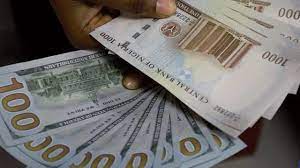




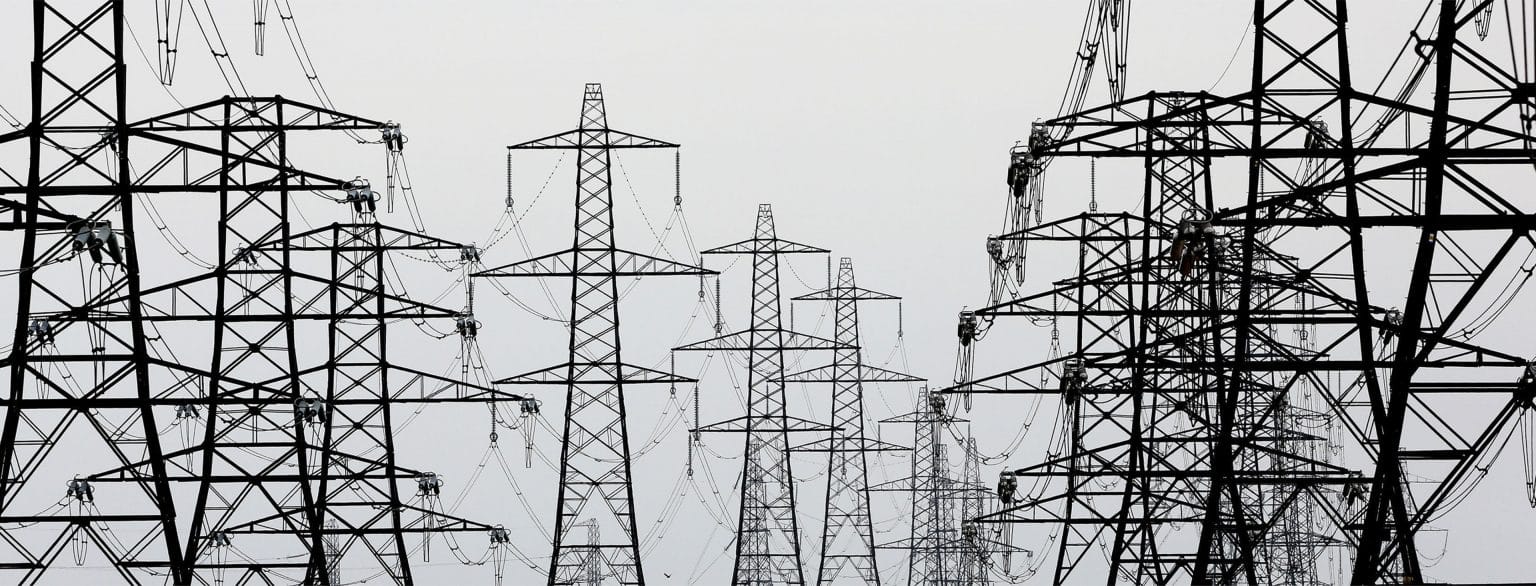






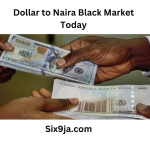
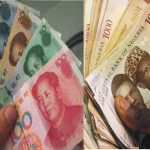
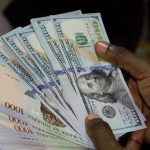
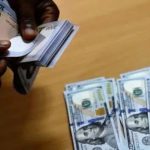
Anonymous
11 months ago
I want to exchange 5000 ghana cedis